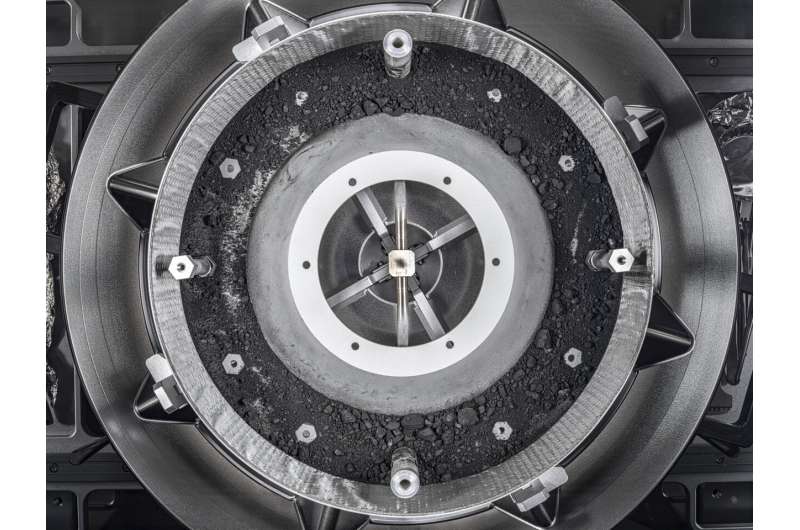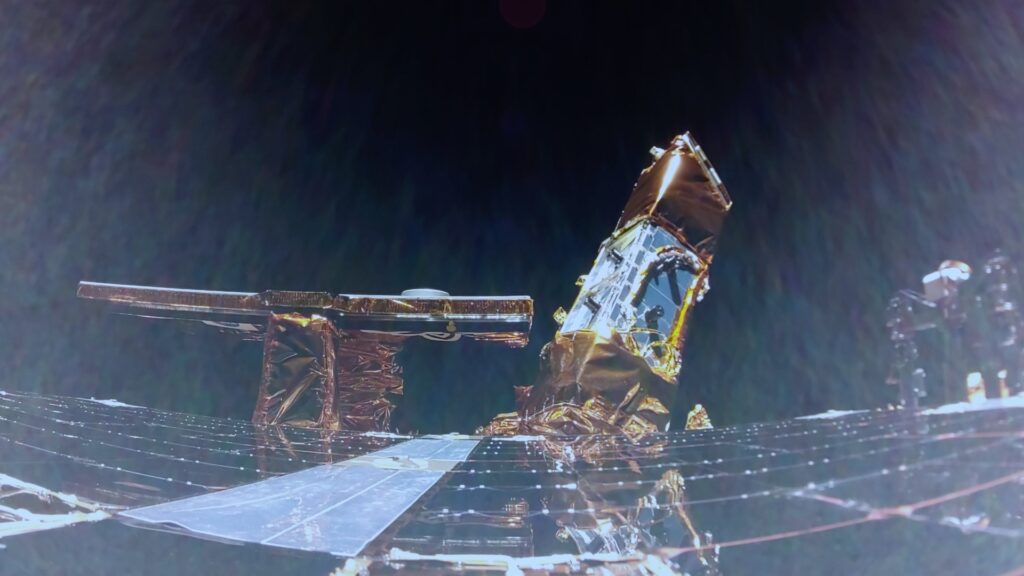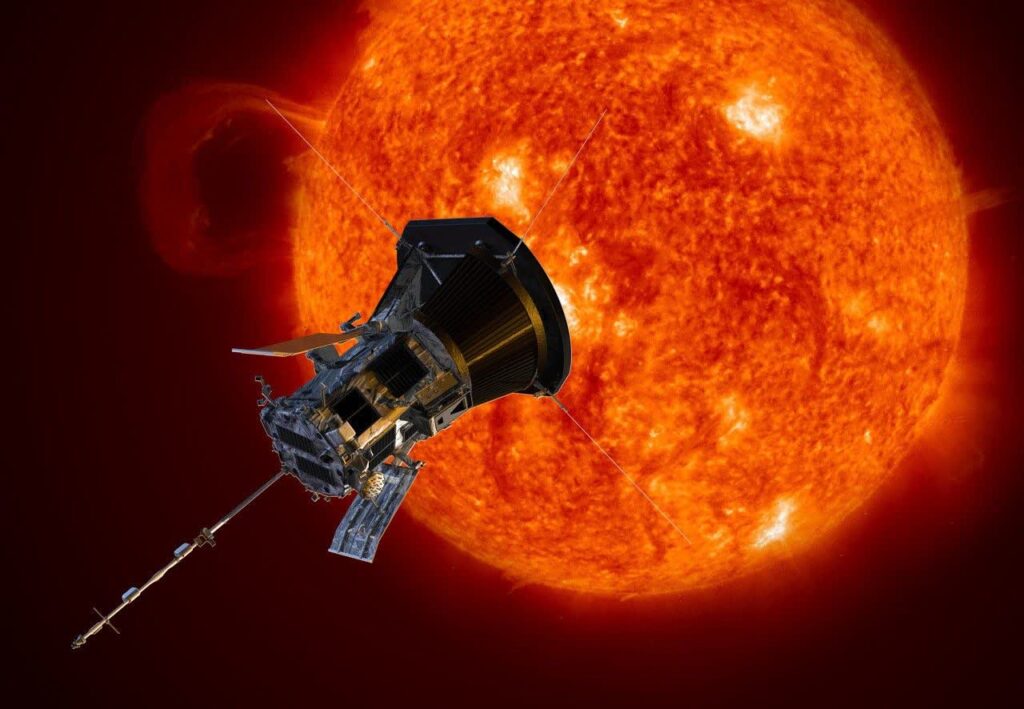NASA’s exoplanet hunter TESS spots a record-breaking 3-star system
NASA Space Technology
Using NASA’s exoplanet-hunting spacecraft, the Transiting Exoplanet Survey Satellite (TESS), scientists have spotted a record-breaking triple-star system so tightly bound that it could fit comfortably between the sun and its closest planet, Mercury.
The system, designated TIC 290061484 contains twin stars that race around each other once every 1.8 Earth days as well as a third star that orbits this pair once every 25 Earth days. This triple star system’s super-tight orbit, located just under 5,000 light-years away in the constellation Cygnus, the swan, makes it a record-breaker.
The previous record-holder for the tightest three-star system orbit is Lamba Tauri, which set the record in 1956 with its third star taking 33 days to orbit its inner twin stars.
Related: Giant exoplanet the size of 2 Jupiters has a hidden companion disturbing its orbit
The discovery team included citizen scientists who met as part of the now-closed Planet Hunters project, which ran from 2010 to 2013. The amateurs joined with professional astronomers to form the Visual Survey Group collaboration, which has been operating for a decade.
“Thanks to the compact, edge-on configuration of the system, we can measure the orbits, masses, sizes and temperatures of its stars,” team member Veselin Kostov from NASA’s Goddard Space Flight Center and part of the SETI Institute said in a statement. “We can study how the system formed and predict how it may evolve.”
Three’s company
The team thinks the star system TIC 290061484 is highly stable because the stars orbit each other in nearly the same plane. If the stars’ orbits were tilted in different directions, their gravitational influences would disrupt their orbits, making the system unstable.
This stability won’t last forever, though — maybe a few million years. Though that’s a long time to us, it’s a blink of an eye in our 13.8billion-year-old cosmos. And as Visual Survey Group team member Saul Rappaport, a physics professor at the Massachusetts Institute of Technology (MIT), reminds us, referring to the fate of the TIC 290061484 stars: “No one lives here.”
As the twin stars at the heart of this triple star system age, they will expand outward and ultimately merge. This will trigger a massive supernova explosion in around 20 to 40 million years. Fortunately, this is unlikely to impact any life on planets around the three stars as there don’t seem to be any planets close enough to the stars to support life (as we know it, at least).
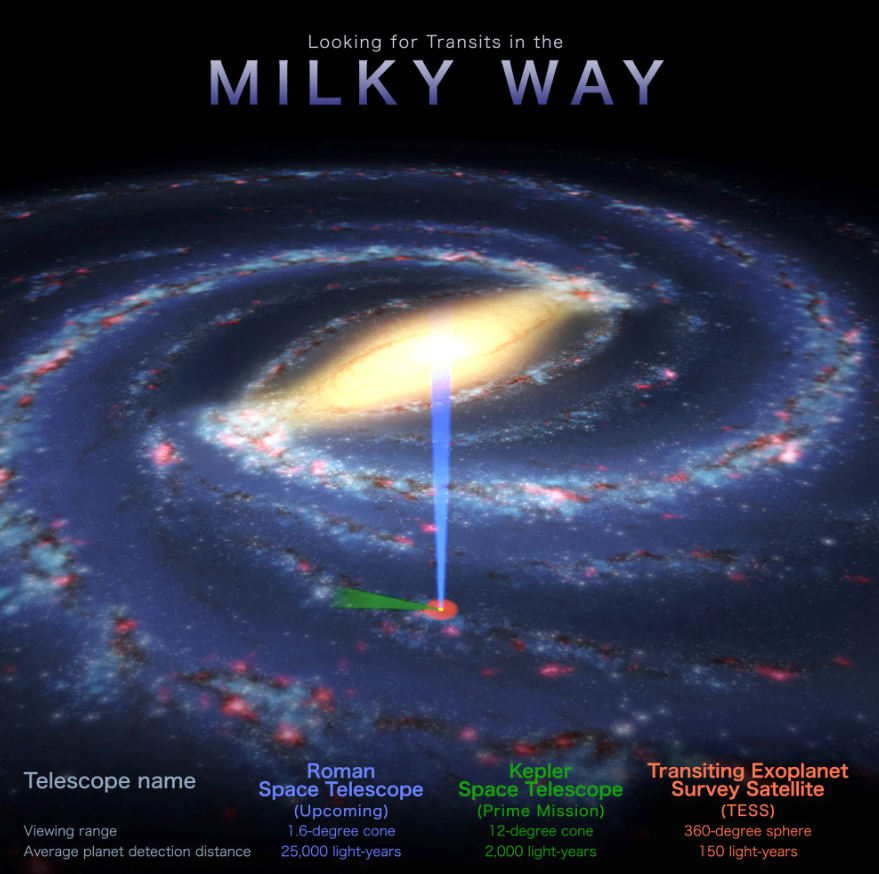
“We think the stars formed together from the same growth process, which would have disrupted planets from forming very closely around any of the stars,” Rappaport said.
It is possible, however, that a very distant planet could exist in the TIC 290061484 system, orbiting the three stars as if they were one.
The Roman Telescope’s promise
The team spotted the record-breaking triple star system because of strobing starlight caused by the stars crossing in front of each other, as seen from our position on Earth.
The team turned to machine learning to analyze vast amounts of data from TESS to spot a pattern indicating these eclipses. They then called upon the aid of citizen scientists to further filter this data to spot interesting signals.
“We’re mainly looking for signatures of compact multi-star systems, unusual pulsating stars in binary systems, and weird objects,” Rappaport said. “It’s exciting to identify a system like this because they’re rarely found, but they may be more common than current tallies suggest.”
The team thinks many more systems like this are likely to be spread across the Milky Way, waiting to be discovered. Some may even exhibit shorter orbits than the stars of the TIC 290061484 system. Current technology may be insufficient to spot these tightly bound triple stars, but help is on the way.
Set to launch no earlier than May 2027, the Nancy Grace Roman Space Telescope, or just “Roman,” will provide vastly more detailed images of space than those gathered by TESS.
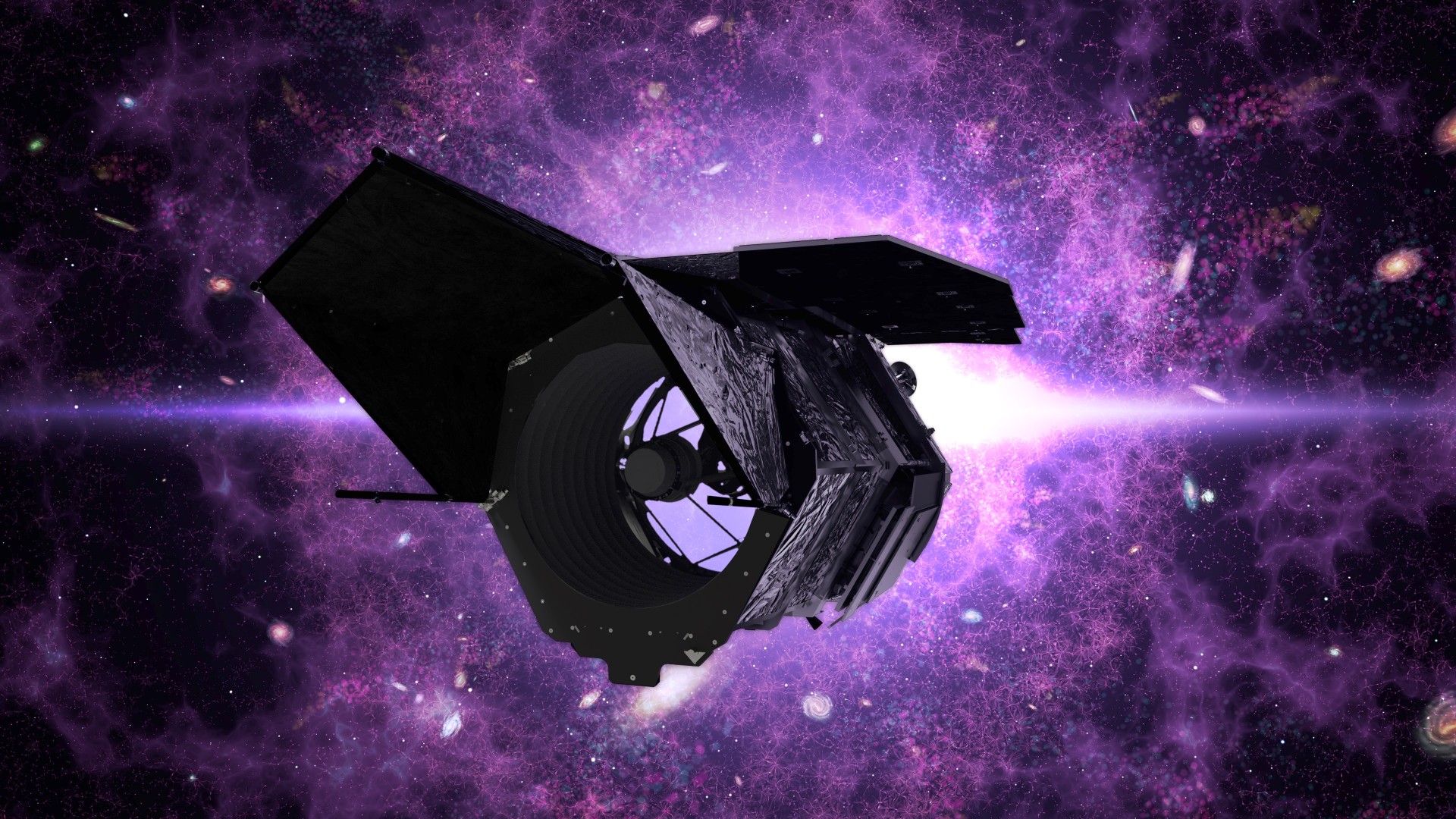
NASA’s exoplanet hunter takes a wide view of the cosmos, while Roman will take a “zoomed-in” view. To put this into perspective, an area of space that is covered by a single pixel in an image from TESS will have a whopping 36,000 pixels in an image from Roman. This will, in fact, allow Roman to gaze deep into the heart of the Milky Way, where stars are tightly packed together.
“We don’t know much about a lot of the stars in the center of the galaxy except for the brightest ones,” team member and Goddard data scientist Brian Powell said. “Roman’s high-resolution view will help us measure light from stars that usually blur together, providing the best look yet at the nature of star systems in our galaxy.”
One of Roman’s main missions will be to monitor the light from hundreds of millions of stars, which should help astronomers spot the strobing effect that revealed the TIC 290061484 system.
“We’re curious why we haven’t found star systems like these with even shorter outer orbital periods,” Powell explained. “Roman should help us find them and bring us closer to figuring out what their limits might be.”
Roman may even enable scientists to spot tightly packed star systems with more than three stars, perhaps as many as six, buzzing around each other like bees in a hive.
“Before scientists discovered triply eclipsing triple star systems, we didn’t expect them to be out there,” team member Tamás Borkovits of the Baja Observatory in Hungary said in the statement. “But once we found them, we thought, well, why not?
“Roman, too, may reveal never-before-seen categories of systems and objects that will surprise astronomers.”
The team’s research was published on Tuesday (Oct. 2) in the Astrophysical Journal.
Join our Space Forums to keep talking space on the latest missions, night sky and more! And if you have a news tip, correction or comment, let us know at: [email protected].
Discover more from Tamfis Nigeria Lmited
Subscribe to get the latest posts sent to your email.



 Hot Deals
Hot Deals Shopfinish
Shopfinish Shop
Shop Appliances
Appliances Babies & Kids
Babies & Kids Best Selling
Best Selling Books
Books Consumer Electronics
Consumer Electronics Furniture
Furniture Home & Kitchen
Home & Kitchen Jewelry
Jewelry Luxury & Beauty
Luxury & Beauty Shoes
Shoes Training & Certifications
Training & Certifications Wears & Clothings
Wears & Clothings





